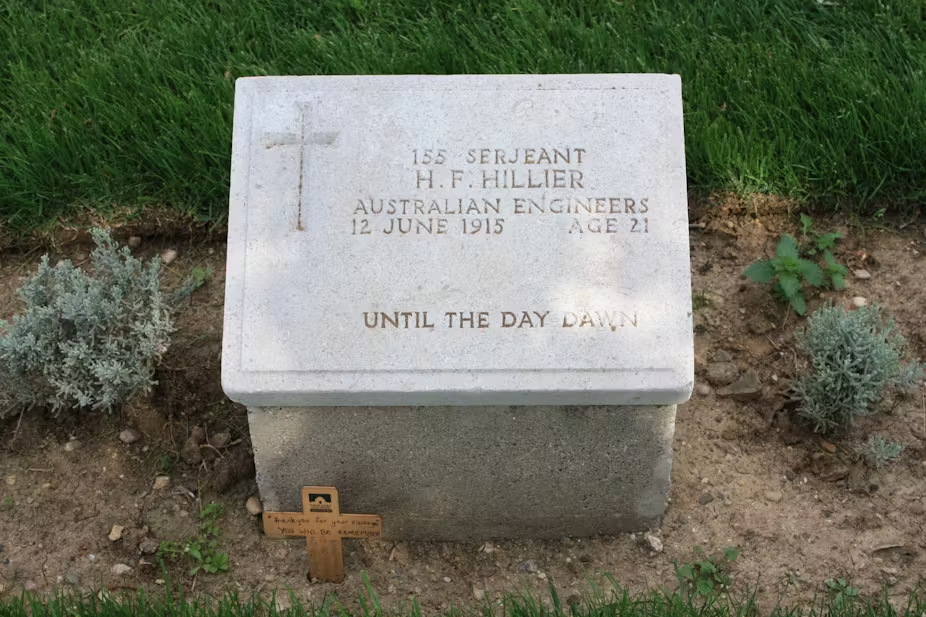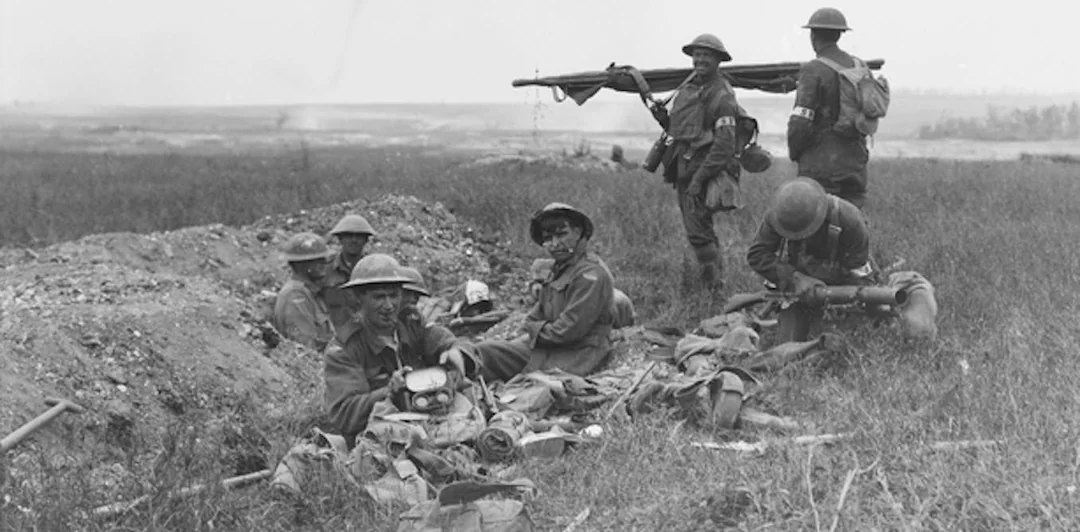
‘It bucked our lads up wonderfully’: the lightning-quick battle that marked the birth of the US-Australia military alliance
Reading time: 6 minutes
While the AUKUS alliance is new, the Australian-American partnership is not. As Australians reflect on the sacrifices of their soldiers on ANZAC Day, it’s worth remembering the first time Australian and American troops joined forces in battle – in northern France, in the final year of the first world war.

BIG ISLAND, LITTLE ISLAND: AUSTRALIA-MALTA RELATIONS IN THE 20TH CENTURY
Reading time: 9 minutes
From humble beginnings and over centuries, Britain built an empire by conquest, diplomacy, and economic muscle whose deep marks on the world and its history have been, and will be, felt for many years to come. One of the most fascinating ways this maritime nation changed the world was by forging ties between disparate nations and nationalities, like Malta and Australia, which endure to this day.
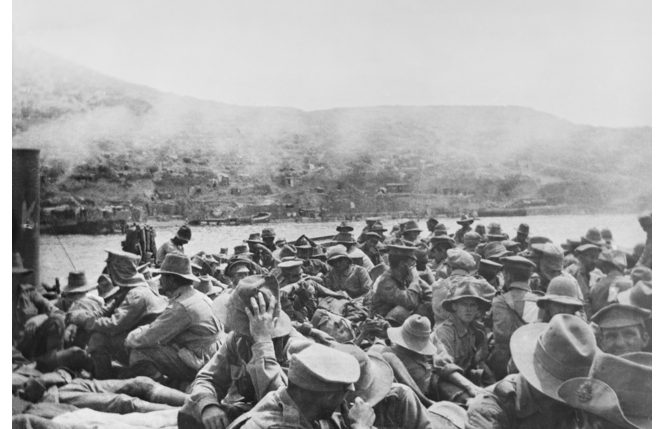
In their own words: letters from ANZACs during the Gallipoli evacuation
Just five days before Christmas, in the early hours of Monday December 20, 1915, the last Anzac troops left Gallipoli in what Australian historian Joan Beaumont called an “elaborate game of deception”. Self-firing guns were rigged to take pot-shots and camp fires lit to give the impression of there being more soldiers than there were. The Australians […]
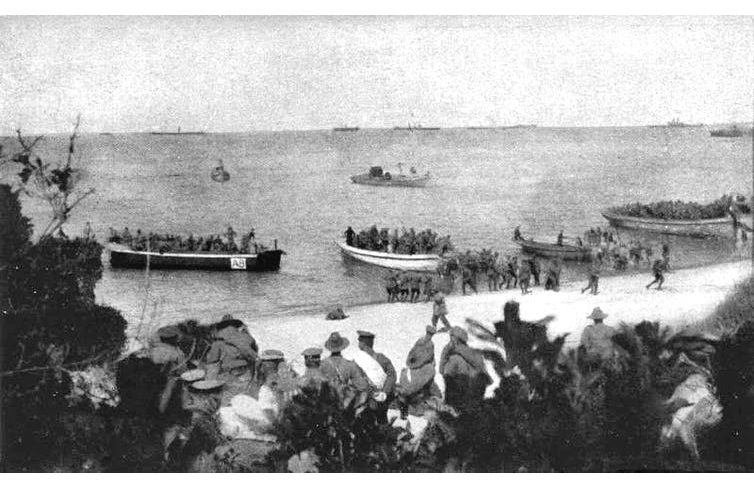
Who were we fighting at Gallipoli?
In the annual discussion of the Gallipoli campaign Australians are subjected to a variety of hyperbole and parable as commentators and reporters offer up the same old chestnuts for want of something else to say. That at Anzac Cove ‘our nation was born’, that it ‘came of age’ or that Australian forces at Gallipoli were […]
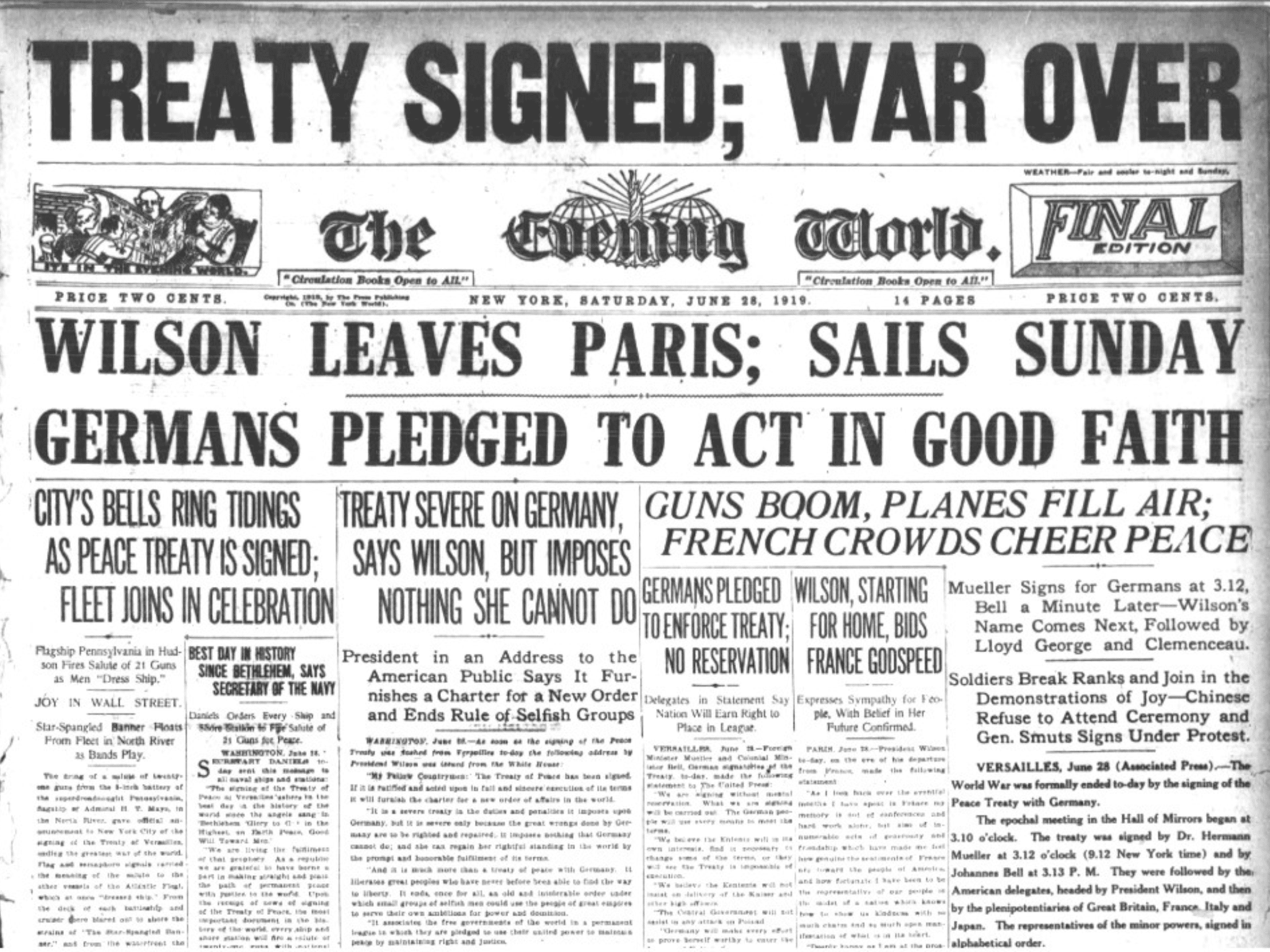
The Treaty of Versailles: Brutally Unfair or Righteous Retribution?
Reading time: 7 minutes
Marking the end of World War One, the Treaty of Versailles was signed by Germany on June the 28th 1919. Often cited as one of the leading reasons for Germany’s descent into fascism and the start of World War Two, the Treaty of Versailles along with the other treaties signed at the Paris Peace Conference vastly reshaped the borders and the economies of the European continent.
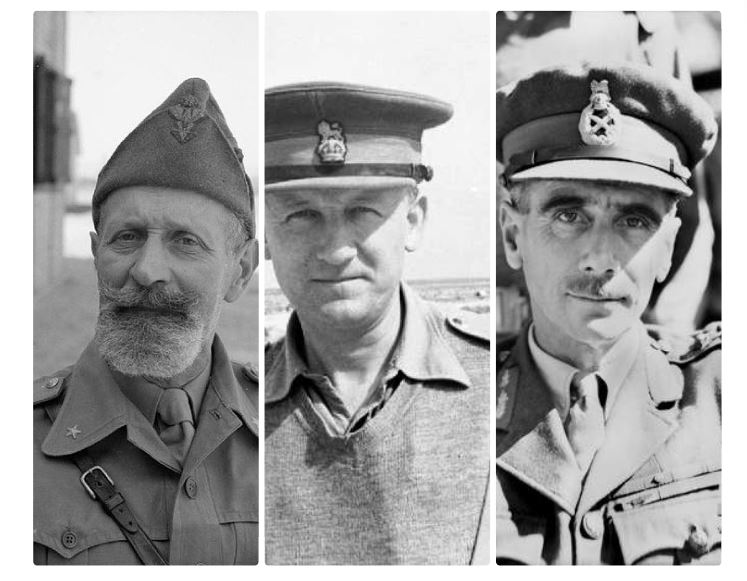
History’s Greatest Nicknames
Reading time: 7 minutes
A browse through any military history book will no doubt bring up titles of famous officers, often bearing unusual, surprising, or sometimes downright hilarious nicknames. In many cases, it’s clear where the sobriquet originated, while other examples hold a less-obvious significance.
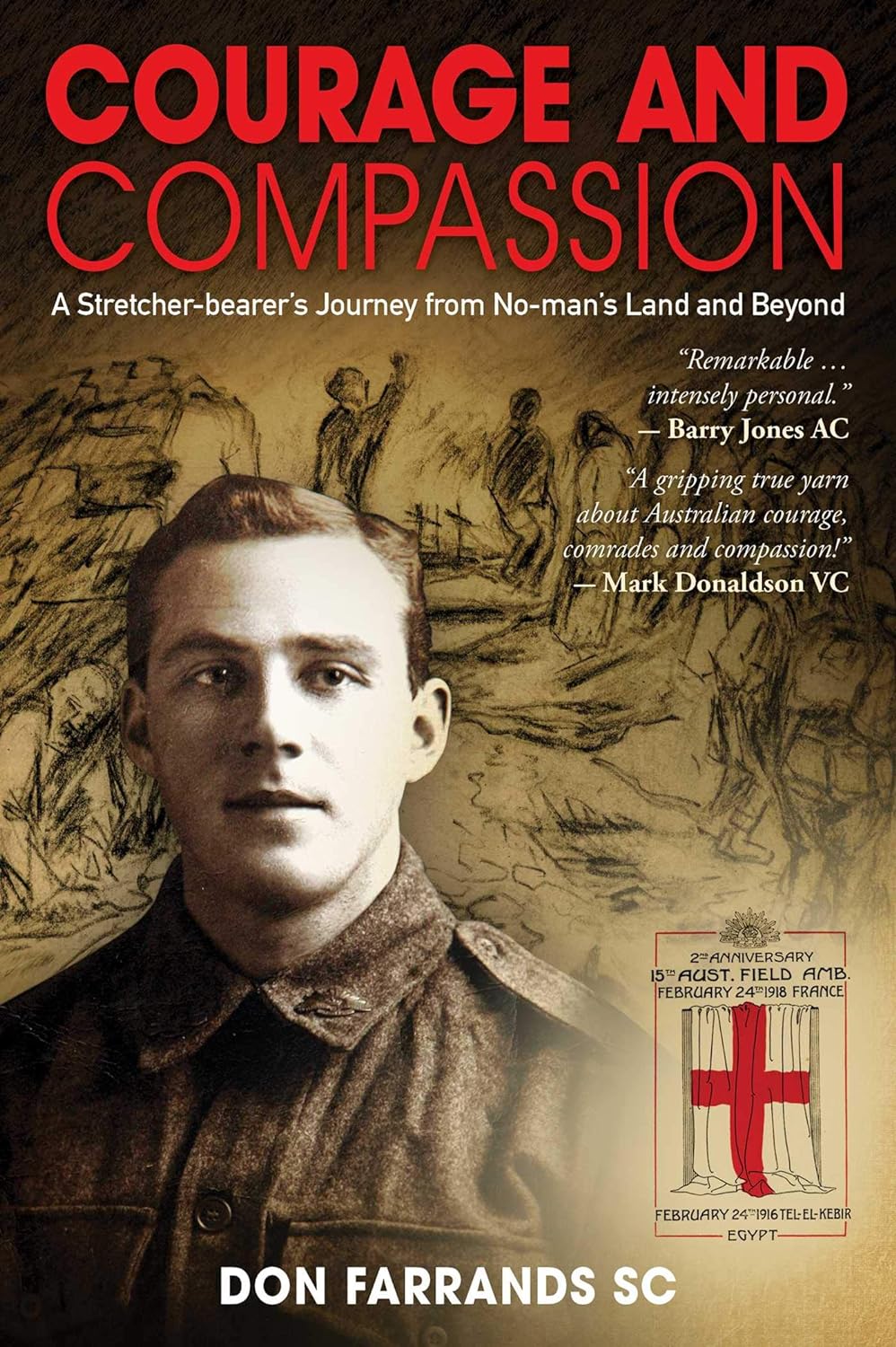
COURAGE AND COMPASSION: A STRETCHER-BEARER’S JOURNEY FROM NO-MAN’S LAND AND BEYOND – BOOK REVIEW
Reading time: 1 minute
His is the true story of a young Australian soldier whose life of opportunity was challenged by trauma and salvaged by strength.
Nelson Ferguson, from Ballarat, was a stretcher-bearer on the Western Front in France in World War I. He survived the dangers of stretcher-bearing in some of Australia’s most horrific battles: the Somme, Bullecourt, Ypres and Villers-Bretonneux. In April 1918, at Villers-Bretonneux, he was severely gassed. His eyes were traumatised, his lungs damaged. Upon his return home, he met and married Madeline, the love of his life, started a family, and resumed his career teaching art. But eventually the effects of the mustard gas claimed his eyesight, ending his career. Courageously enduring this consequence of war, he continued contributing to society by assisting his son and son-in-law in their stained-glass window business. Advances in medicine finally restored his sight in 1968, allowing him to yet again appreciate the beauty around him, before his death in 1976.
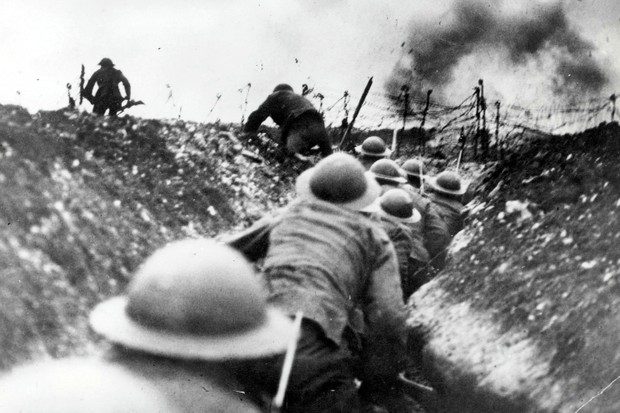
Ireland and the Battle of The Somme
Reading time: 8 minutes
The Somme was the first great action by a British Army on a continental scale. It was the longest, bloodiest battle of World War One, a campaign lasting four and a half months, and fought over a twenty-mile front near the Somme. In February 1916 Allied commanders had decided to launch an infantry offensive there,

The debate on the origins of the First World War
Reading time: 5 minutes
The way historians have viewed the causes of WWI has changed in the hundred years since war broke out. This article explores the origins of the Great War.
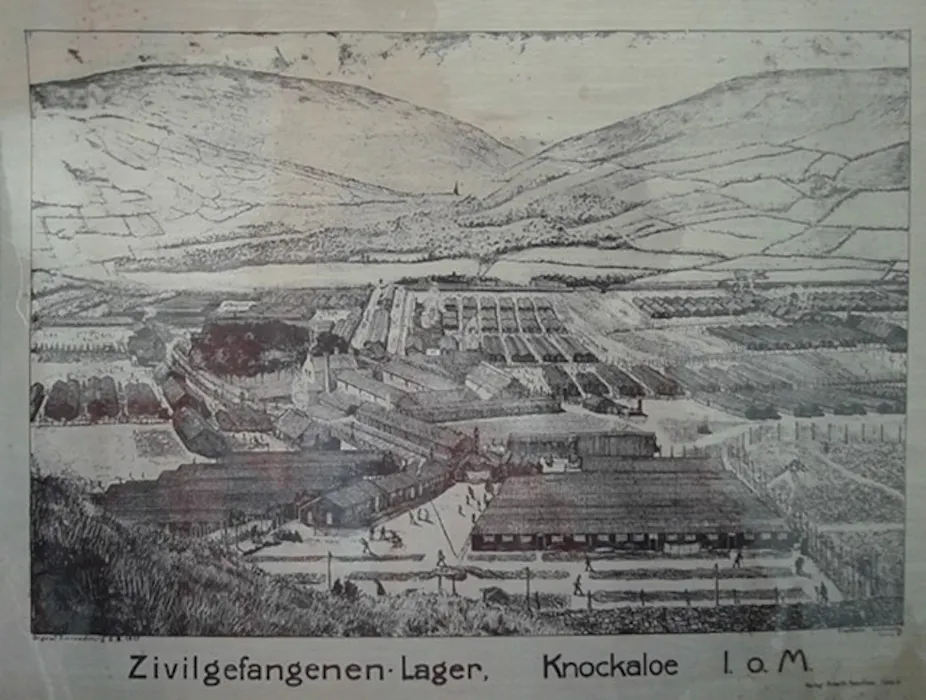
Forgotten: Britain’s civilian mass prison camps from World War I
Reading time: 6 minutes
In 1914, Britain stood at the forefront of organising one of the first civilian mass internment operations of the 20th century. 30,000 civilian German, Austrian and Turkish men who had been living or travelling in Britain in the summer of that year found themselves behind barbed wire, in many cases for the whole duration of World War I.
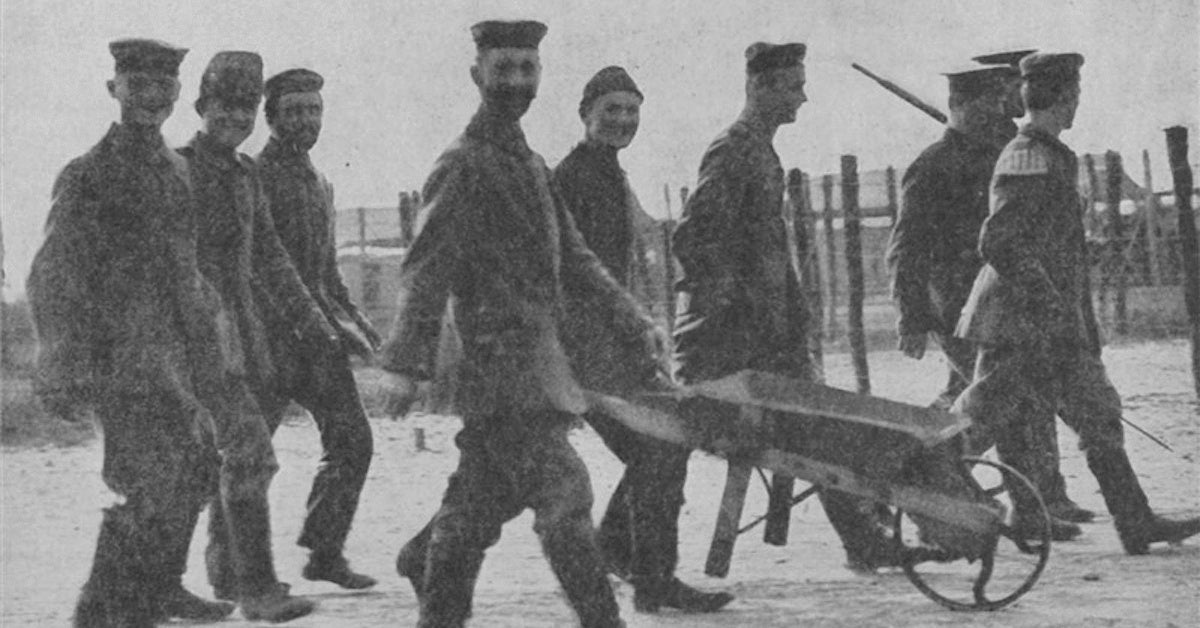
How German PoWs staged their greatest World War I escape from a camp now part of a British university
Reading time: 5 minutes
Escape was a romantic ideal rather than a rational expectation. Gunter Pluschow, who escaped from another PoW camp at Donington Hall, in Leicestershire, was the only German to make it home in World War I, largely because he managed to adopt a disguise and stow away on board a cargo ship at Harwich.

First World War ambulance trains
Reading time: 6 minutes
The railways, and the men and women who worked on them, made a significant and varied contribution during the First World War. Some railwaymen joined up to fight, and others helped to run the railways in France and Belgium, delivering men and supplies to the front line. One requirement considered early on in 1914 was the necessity of having to treat sick and wounded servicemen urgently, and the task of moving them away from the Front to hospitals and other places of recuperation.
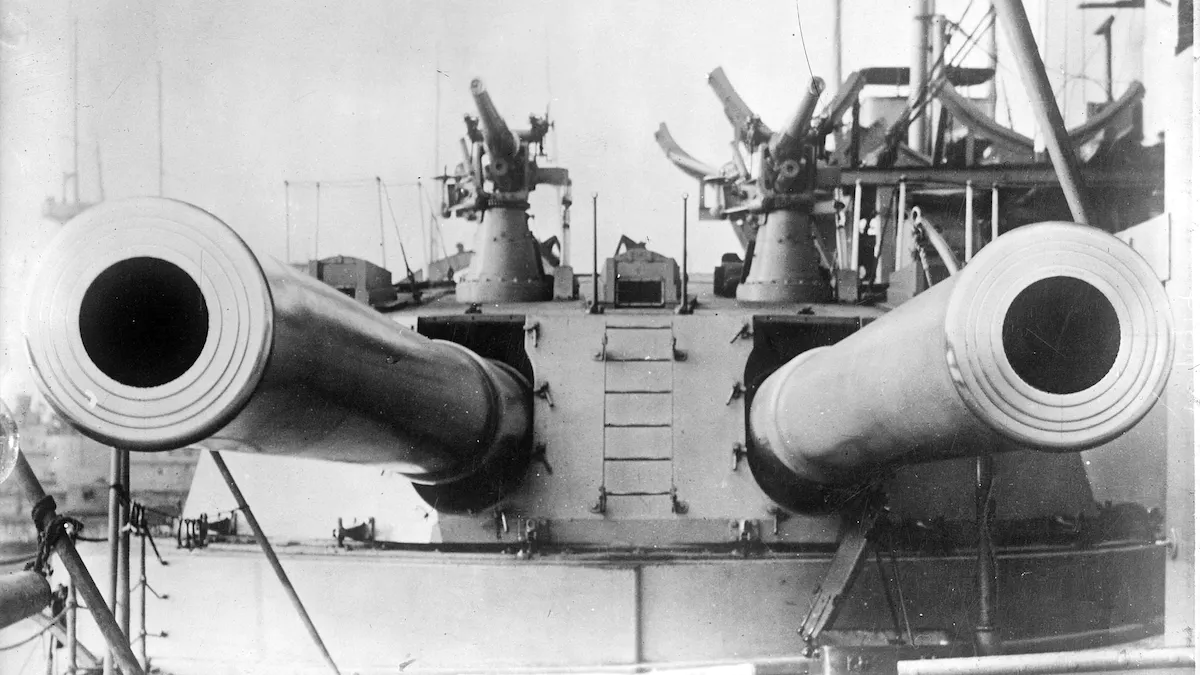
Maths swayed the Battle of Jutland – and helped Britain keep control of the seas
Reading time: 5 minutes
If you’re about to fight a battle, would you rather have a larger fleet, or a smaller but more advanced one? One hundred years ago, on May 31 1916, the British Royal Navy was about to find out if its choice of a larger fleet was the correct one. At the Battle of Jutland – as the major naval battle of World War I is known in English – these choices were unusually influenced by mathematics.

The Chipilly Six by Lucas Jordan – Capturing the Australian military spirit at its best
Jordan tells the story of ‘extraordinary men in extraordinary times’, a group of six Australian soldiers who operated well ahead of the Allied advance to clear critical high ground of German troops and machine guns, allowing the main advance to continue.

How Woodrow Wilson’s propaganda machine changed American journalism
Reading time: 8 minutes
When the United States declared war on Germany 100 years ago, the impact on the news business was swift and dramatic.
In its crusade to “make the world safe for democracy,” the Wilson administration took immediate steps at home to curtail one of the pillars of democracy – press freedom – by implementing a plan to control, manipulate and censor all news coverage, on a scale never seen in U.S. history.
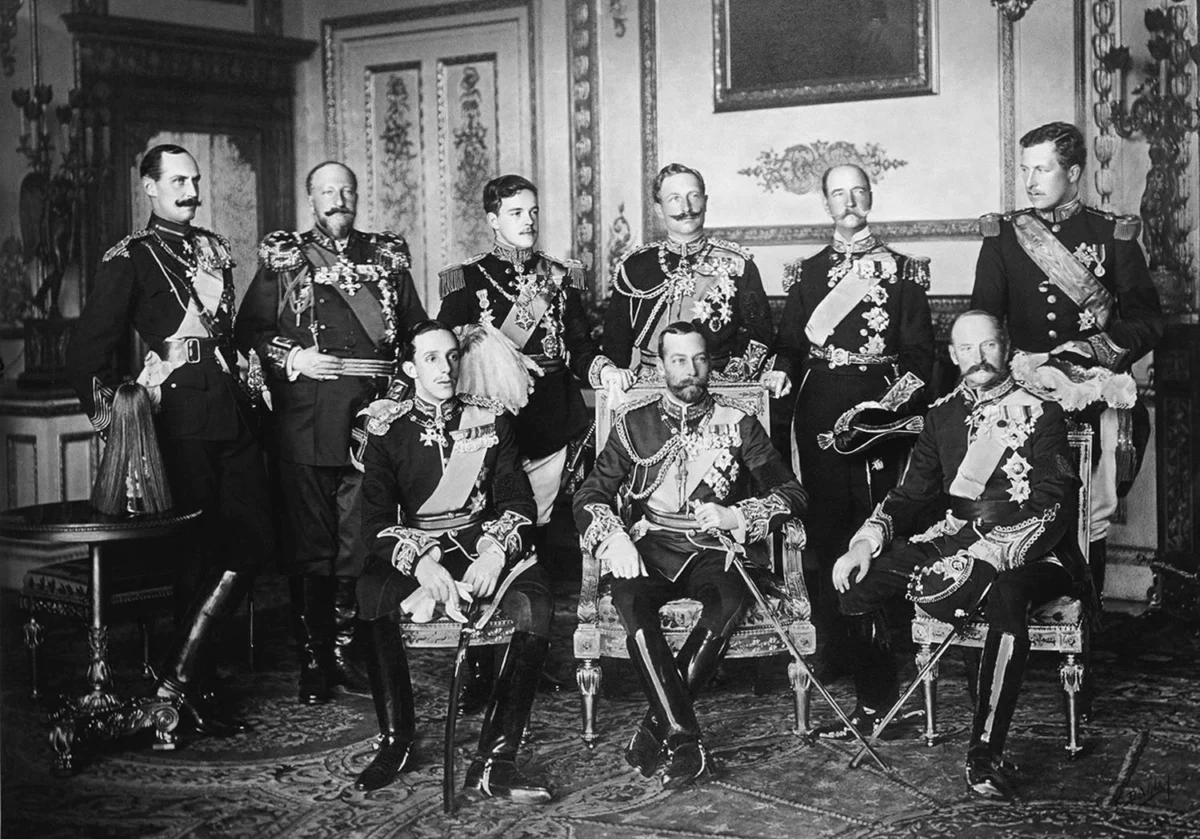
The debate on the origins of the First World War
Reading time: 5 minutes
The way historians have viewed the causes of WWI has changed in the hundred years since war broke out. This article explores the origins of the Great War.
How could the death of one man, Archduke Franz Ferdinand, who was assassinated on 28 June 1914, lead to the deaths of millions in a war of unprecedented scale and ferocity? This is the question at the heart of the debate on the origins of the First World War. Finding the answer to this question has exercised historians for 100 years.
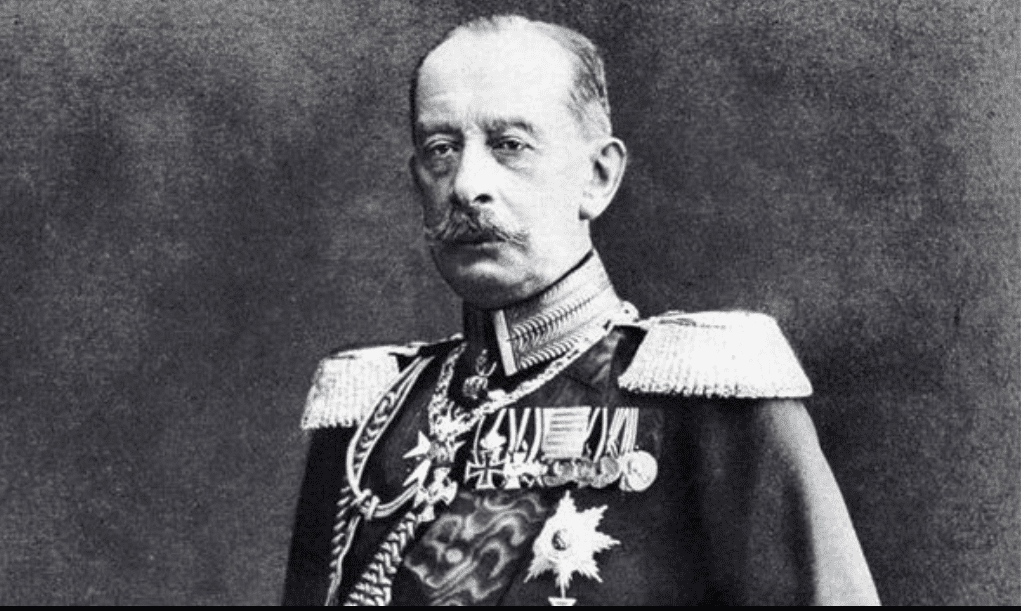
What was The Schlieffen Plan?
Reading time: 4 minutes
France to the west, Russia to the east; Germany had a strategic plan to prevent full-scale war in the early 20th century. So why did it fail?

A TALE OF REMEMBRANCE, ADMONITION, AND DESPAIR: ALL QUIET ON THE WESTERN FRONT
Reading time: 6 minutes
The vivid and graphic imagery of the First World War has indeed become a potent symbol of the need for everlasting commemoration, and a continuous reminder of armed conflict’s futility. Yet with the inevitable passing of time, direct links to the “War to end all Wars” have regretfully vanished, with all veterans who served in the trenches now gone. This most special group of soldiers may now be physically silent, but their haunting messages of warning remain.
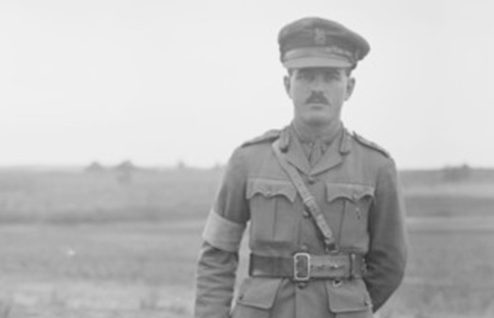
The UN’s Greatest Peacekeeper, Lieutenant General Robert Harold Nimmo CBE – Podcast
Robert Nimmo was the first Australian to lead a UN Peacekeeping mission, in India and Pakistan, as well as serving his country for over 50 years. This podcast tells his story.
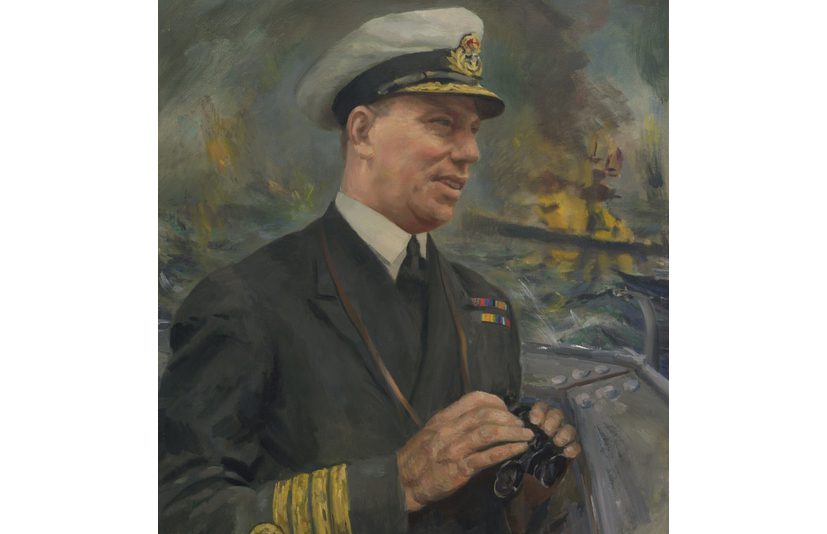
The Scrap Iron Captain: Hector Waller DSO and Bar – Podcast
While serving within the Royal Australian Navy as a Signals Officer, Captain Hector MacDonald Laws Waller served with distinction aboard several warships of the Royal Australian Navy and Royal Navy during both the First World War and the Second World War. Having graduated from the fledgling Royal Australian Naval College during the First World War, his posting would be to the Royal Navy Battleship HMS Agincourt, and would predominately perform escort duties for the duration of the war.
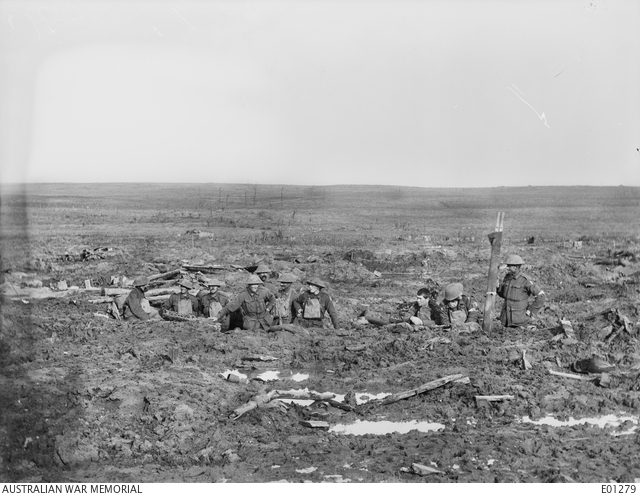
Broodseinde Ridge – Podcast
On the back of the victories of Menin Road and Polygon Wood, the 1st Anzac Corps pushed on towards the dominating feature of Broodseinde Ridge. This time though, they would have the men of the 2nd Anzac Corps fighting alongside them. The Battle would see the Allied troops looking down upon green pastures for the first time in three years, bringing hope that the war may soon be over.

Polygon Wood – Podcast
Following on from the success of the Battle of Menin Road, the 4th and 5th Australian Divisions took over from the 1st and 2nd Divisions to launch the attack at Polygon Wood. But the day before the battle is to commence, a strong German counter attack seized the ground which elements of the 15th Brigade were to attack from. It was a precarious situation which needed to be rectified immediately or else the whole attack could be thrown into confusion.

